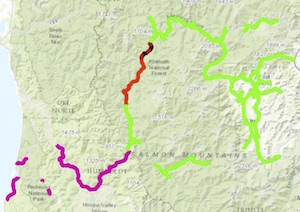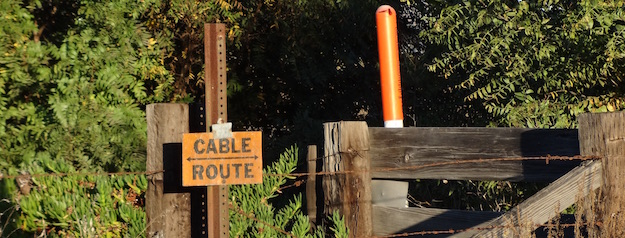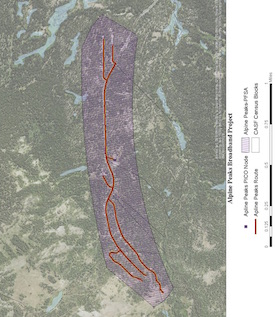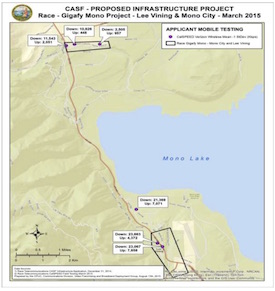Broadband subsidies collide in the California desert
![By Wilson44691 (Own work) [Public domain], via Wikimedia Commons](https://www.tellusventure.com/images/2015/11/desert_tortoise.jpg)
Up, down, who cares? This is as fast as I go.
The 3,800 homes in the Anza area of Riverside County are a big step closer to getting fiber to the home broadband service from the local electric cooperative. The California Public Utilities Commission published a draft decision on Friday giving the Anza Electric Cooperative a $2.7 million grant from the California Advanced Services Fund (CASF) to pay for 60% of the project.
The project is remarkable for two reasons.… More


![Simon Černe from sl [GFDL (https://www.gnu.org/copyleft/fdl.html)], via Wikimedia Commons](https://www.tellusventure.com/images/2015/11/silos.jpg)






